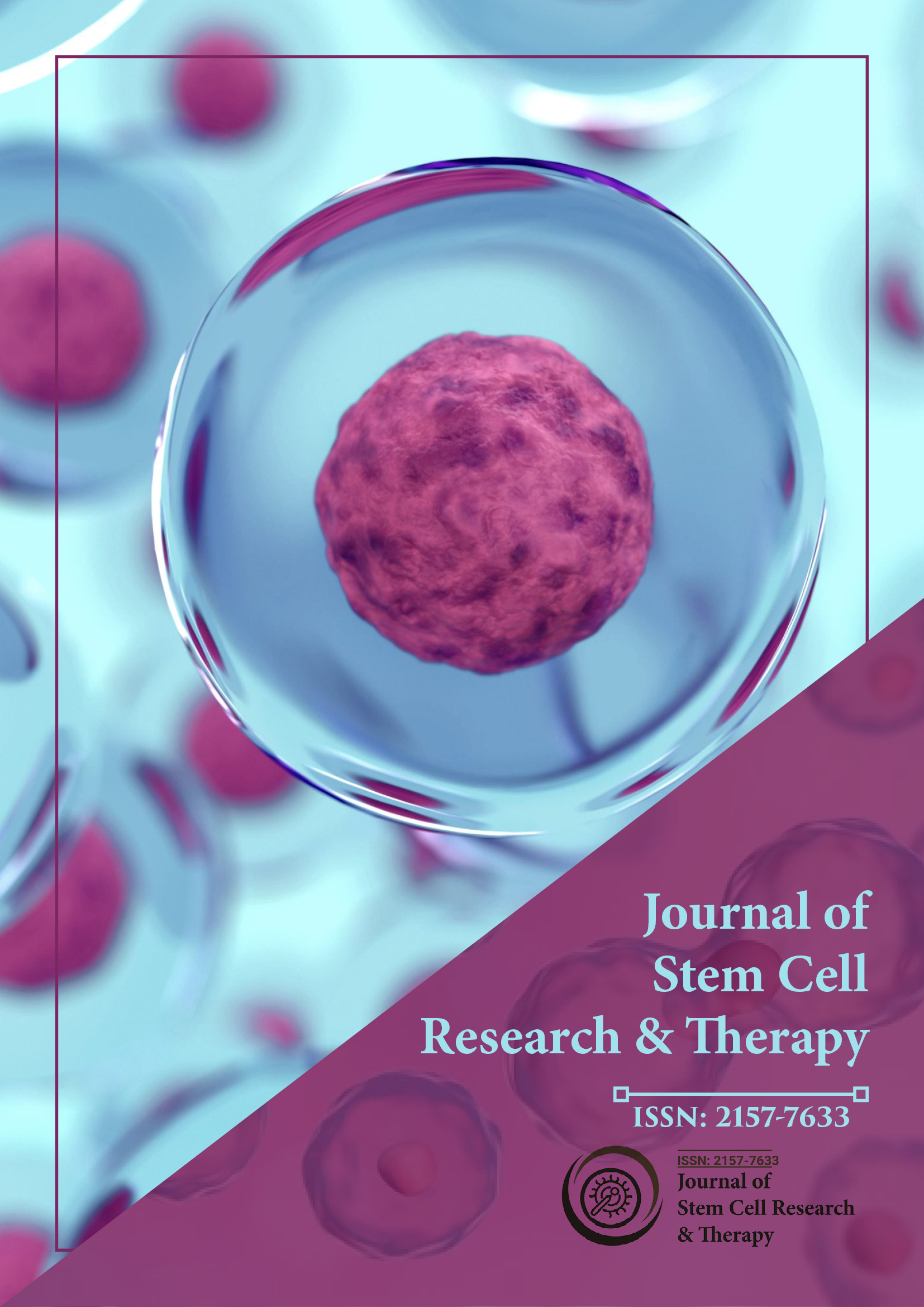索引于
- 打开 J 门
- Genamics 期刊搜索
- 学术钥匙
- 期刊目录
- 中国知网(CNKI)
- 乌尔里希的期刊目录
- 参考搜索
- 哈姆达大学
- 亚利桑那州EBSCO
- 期刊摘要索引目录
- OCLC-WorldCat
- 普布隆斯
- 日内瓦医学教育与研究基金会
- 欧洲酒吧
- 谷歌学术
分享此页面
期刊传单

抽象的
移植到脆性 X 小鼠模型后神经球衍生细胞表达 FMRP
劳拉·K·K·佩西和劳里·C·多林
脆性 X 综合征的特征是智力障碍和学习障碍,是由 x 连锁 FMR1 基因中的三核苷酸重复扩增引起的,导致脆性 X 智力迟钝蛋白 (FMRP) 完全缺失。神经干细胞/祖细胞 (NSC) 以通常称为神经球的细胞漂浮聚集体形式培养,移植到啮齿动物的中枢神经系统时可以存活、分化并融入宿主环境。神经球是从出生后早期野生型小鼠中建立的,并用细胞质染料 CFDA-SE 标记,然后以细胞悬浮液的形式立体定位注射到年轻成年(3-6 周大)FMR1 基因敲除小鼠的海马中。对大脑的免疫细胞化学分析表明,移植后长达两周仍存在表达 FMRP 的细胞。一些移植细胞在宿主海马内迁移并形成树突状突起。一小部分移植细胞表达了神经元或神经胶质细胞表型的标志物,尽管许多细胞没有染色我们探测的任何标志物。这些实验试图通过干细胞和祖细胞的细胞悬浮移植来恢复 FMR1 基因敲除小鼠大脑中 FMRP 的表达。
免责声明: 此摘要通过人工智能工具翻译,尚未经过审核或验证